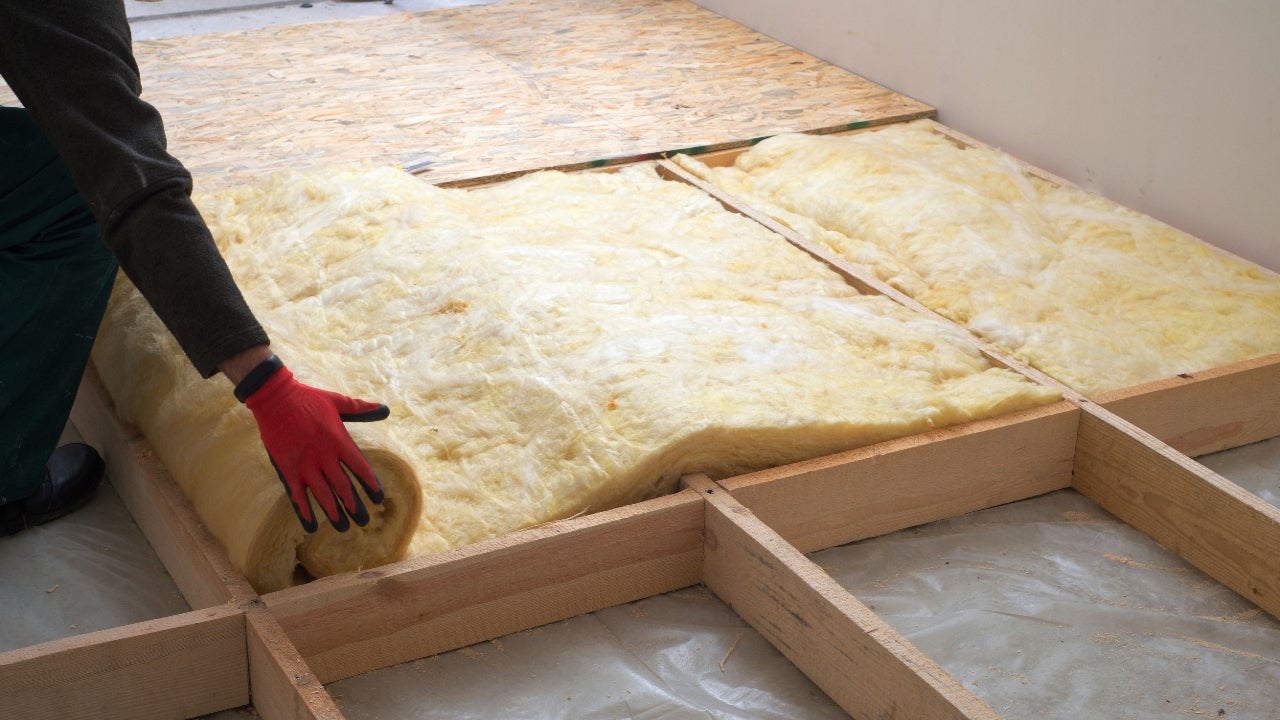What is an assumable mortgage?

Key takeaways
- When you assume a mortgage, you take over payment for a loan at its existing interest rate and terms.
- Most government-backed loans, such as FHA or VA loans, are assumable. Most conventional mortgages aren’t.
- An assumable mortgage can offer a better interest rate than what’s on the market today, but you’ll have to compensate the seller for their equity.
What is an assumable mortgage?
An assumable mortgage allows a buyer to take over a seller’s existing mortgage, including its balance, interest rate and loan term.
“This is different from the typical homebuying process where the buyer gets a new mortgage loan,” says Leon Turkin, mortgage broker and CEO of Turkin Mortgage. “The advantage here is that the buyer can potentially lock in a lower interest rate that the original borrower got years ago, which can save them thousands over time.”
How do assumable mortgages work?
In assuming a mortgage, the buyer becomes responsible for the payments on an existing mortgage going forward. The buyer makes these payments under the original loan terms, including the interest rate and monthly payment amount.
“For example, if the seller got a 3.5 percent, fixed-rate FHA loan 10 years ago, the buyer assumes that exact 3.5 percent rate, regardless of today’s market,” Turkin says.
The buyer must also make an upfront payment, essentially a down payment, compensating the seller for the amount of the mortgage they’ve already paid off. You can pay this amount in cash or with the proceeds of another loan.
What types of mortgage loans are assumable?
- FHA loans: Like most government-backed loans, FHA loans are typically assumable.
- VA loans: You don’t necessarily have to be a member of the military or a veteran to assume a VA loan, and if the loan originated before 1988, you don’t need permission from the VA or the lender to assume the mortgage. That said, if the loan originated after 1988, any loan assumption must be lender-approved. You’ll also have to pay the VA funding fee.
- USDA loans: USDA loans are most often assumed with a new rate and terms. However, in some cases, like transfers between families, they can be assumed at the same rate and terms without needing an income or credit review.
How to qualify to assume a mortgage
To assume a mortgage, you usually need to meet the qualifications for that mortgage type. These include credit score and debt-to-income (DTI) ratio, among other financial requirements.
| Minimum credit score | Maximum DTI ratio | |
|---|---|---|
| FHA loan | As low as 500, but 580 in most cases | 50% |
| VA loan | Varies, but lenders prefer 620 | 41% |
| USDA loan | Varies, but lenders prefer 640 | 41% |
Are conventional mortgages assumable?
Most conventional mortgages — the most common type of mortgage in the U.S. — are not assumable. They typically include a due-on-sale or due-on-transfer clause which requires that the original borrower repay the loan in full if they sell the property or transfer the loan.
To find out if your mortgage includes such a clause, review its promissory note and deed of trust, where assumability is usually addressed.
“If the loan contract is silent on this matter, the loan is considered assumable in most states,” says Amy Loftsgordon, attorney and editor for the legal website NOLO.
If your loan is assumable, similar to government-backed loans, “Lenders will allow assumption only if the buyer meets certain credit and income requirements,” Turkin says.
Prior to 1982, some states’ laws prevented mortgage lenders from exercising due-on-sale clauses, and assumable mortgages were much more common. Then, in 1982, the Garn-St. Germain Act allowed lenders nationwide to enforce due-on-sale clauses if a property changed hands — with some exceptions.
Assuming a mortgage after death or divorce
While conventional mortgages are typically not assumable, you may be able to assume one in certain cases, for example, if you’ve inherited a home or been awarded one during divorce proceedings. This is true even if the mortgage includes a due-on-sale clause. The assumption process may be complex, but it is still possible.
In the case of an inheritance, if you were related to the deceased, you don’t need to qualify for the mortgage, but in the case of divorce, you must usually qualify individually for the loan in order to assume it.
Pros and cons of assumable mortgages
Pros
- Obtain a lower interest rate. If the seller purchased the home when rates were lower, you can get a better rate on an assumable loan than you’d be able to get on a new one.
- Fewer out-of-pocket costs. When you assume a mortgage, you avoid some usual mortgage closing costs, including an origination fee.
- Attract more offers. If a seller has an assumable mortgage with a relatively low rate, they may be able to draw more interested buyers and a higher sale price.
Cons
- Conventional mortgages cannot be assumed, in most cases. This makes assumable mortgages somewhat hard to find.
- Qualification requirements must still be met. Unless you’re inheriting an assumable mortgage, you’ll still need to qualify for the loan you want to assume.
- Equity payment is required. When you assume a mortgage, you’ll need to pay the seller for their equity — which could add up to a substantial amount.
- Sellers might still be responsible for the debt. If the buyer fails to make payments on the assumed loan, the seller’s credit can be impacted if the lender hasn’t released the seller from the debt entirely.
How much does it cost to assume a mortgage?
The costs associated with assuming a mortgage are often similar to the fees for taking out a new mortgage, but they can be less. They can include:
- Reimbursing the seller for their equity. Depending on how long the seller has had the home, this could be less than a traditional down payment or much more.
- An assumption fee. For conventional loans, this is often a percentage of the loan amount. For FHA loans, it’s capped at $1,800, and for VA loans, it’s a maximum of $300.
- Costs related to government-backed loans. For example, if you assume a VA loan, you must pay a funding fee. Assuming an FHA loan may mean taking on mortgage insurance premium (MIP) costs.
- Real estate transfer taxes. These may be paid by the person assuming the mortgage, depending on the state.
You’ll have to do the math to determine if these costs will save you money versus taking out a new mortgage — taking into account your assumed interest rate.
How to assume a mortgage
To assume another borrower’s mortgage, take these steps:
- Confirm that the loan is assumable: You can do this by reviewing the loan agreement, but before you move forward, you’ll have to contact the lender directly.
- Submit your application: The next step is very similar to a traditional mortgage application. You’ll submit paperwork required by the lender, including evidence of your income, assets and debts, and undergo a credit check.
- Prepare for the costs: You’ll need to make a down payment, which compensates the seller for their equity, as well as paying an assumption fee and potentially other costs.
- Close and sign liability release: You’ll close on an assumed loan the same way you would a traditional home sale. You may also sign a release of liability, stating that the seller is no longer responsible for the mortgage, and the transfer will be recorded.
FAQ
Why we ask for feedback Your feedback helps us improve our content and services. It takes less than a minute to complete.
Your responses are anonymous and will only be used for improving our website.







